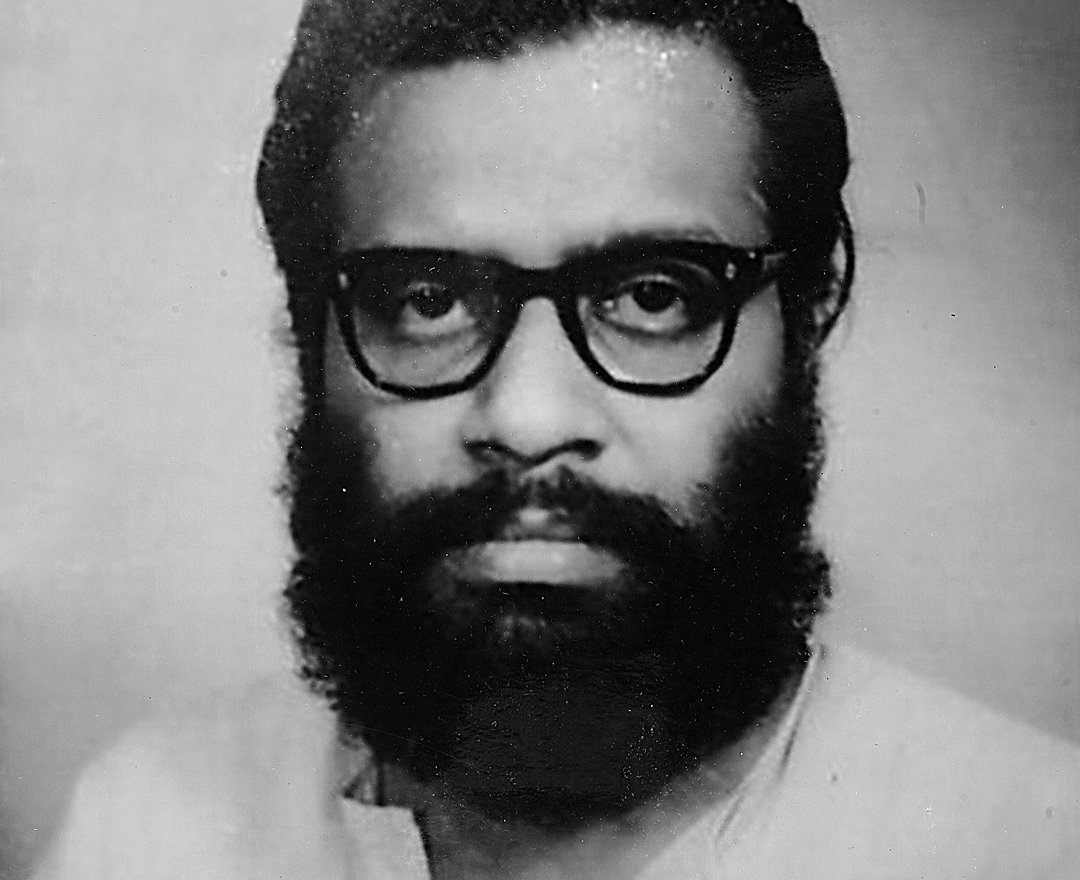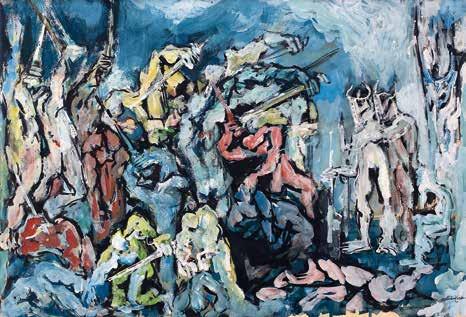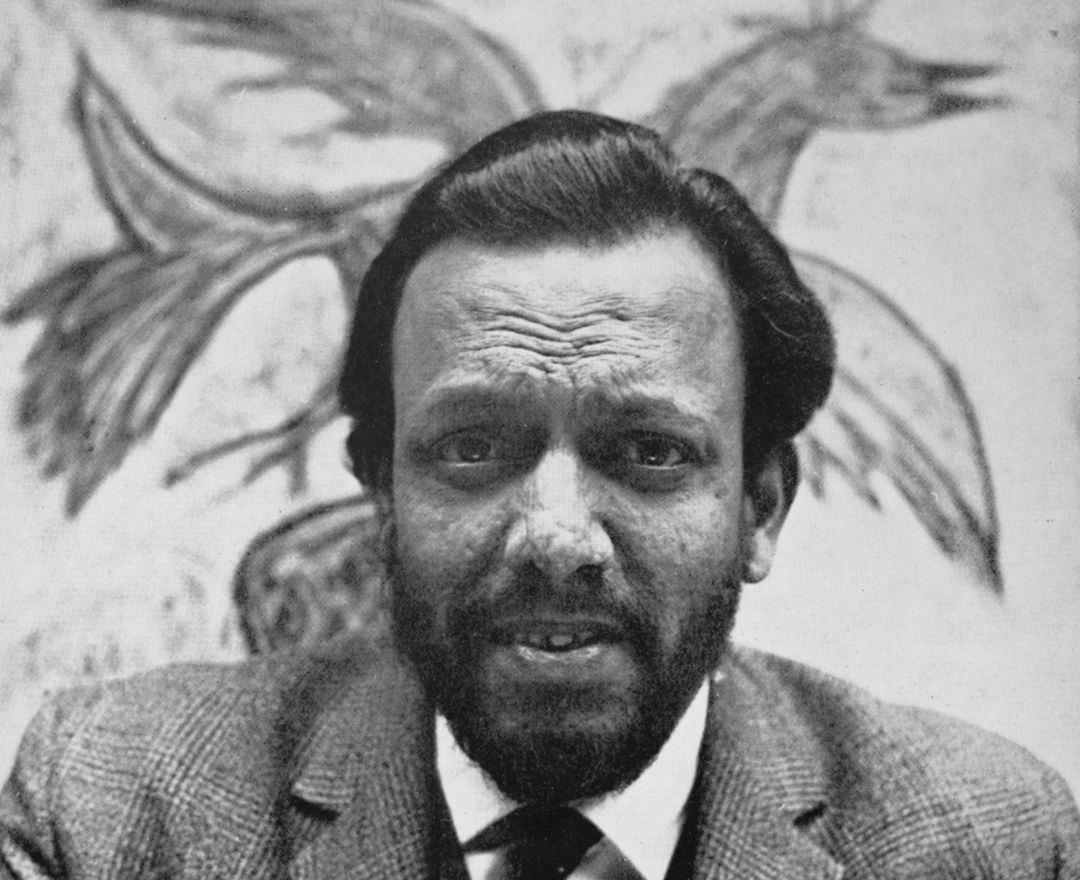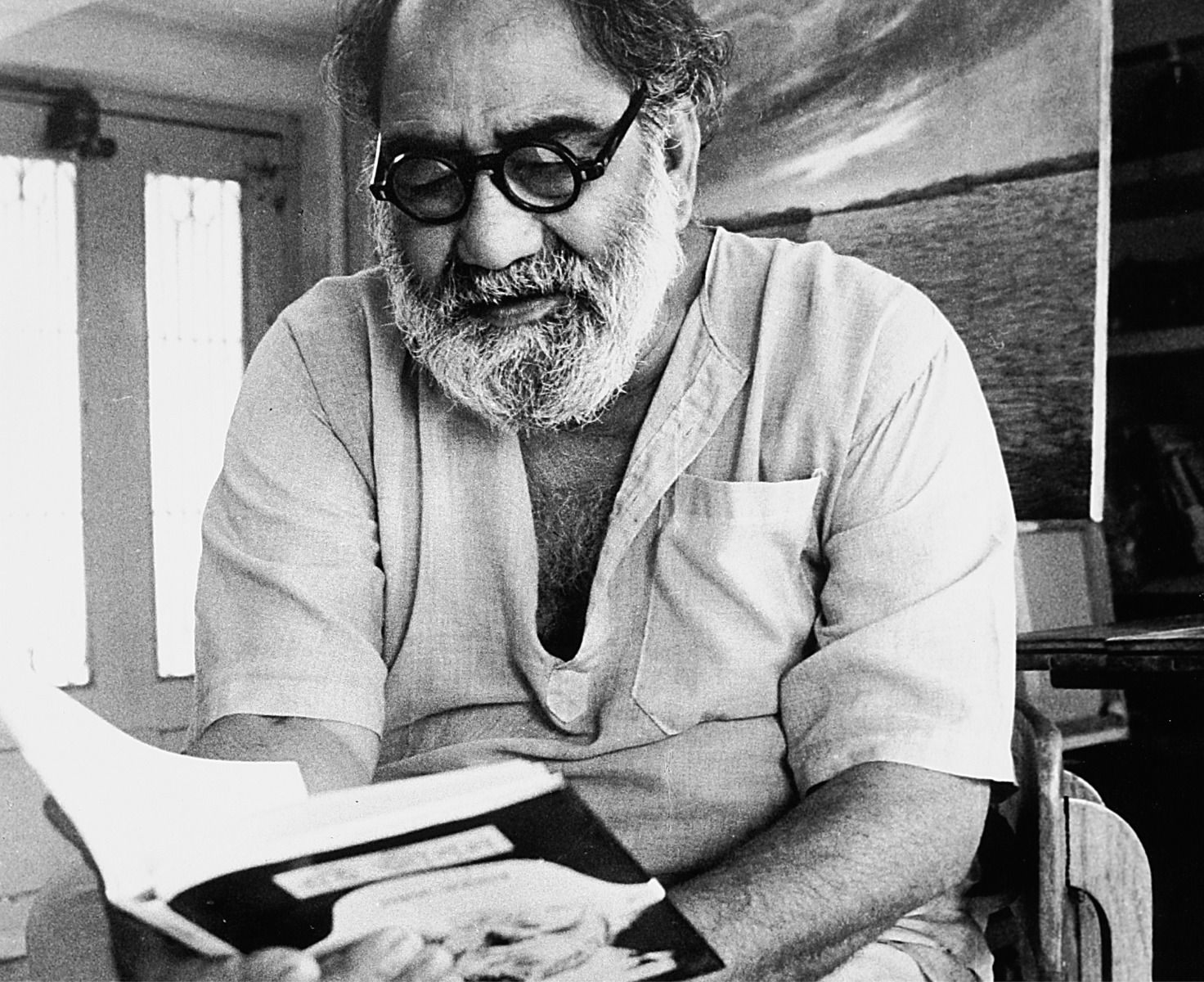Nikhil Biswas
Nikhil Biswas
Nikhil Biswas
|
1930 - 1966 Nikhil Biswas |

'I am exiled by society and am solitary and my witness is endless agony’
NIKHIL BISWAS
artist timeline
artworks
dag exhibitions
|
The ‘Manifestations’ series of 20th Century Indian Art, Editions V, VI, VII, VIII, IX, X, XI |
|
DAG, New Delhi and Mumbai, 2011-14 |
|
‘Indian Landscapes: The Changing Horizon’ |
|
DAG, New Delhi, 2012 |
|
‘The Art of Bengal’ |
|
DAG, New Delhi, 2012; Mumbai, 2014; New York, 2016 |
|
‘The Naked and The Nude: The Body in Indian Modern Art’ |
|
DAG, New Delhi, 2013; Mumbai, 2015 |
|
‘The Fifties Show’ |
|
DAG, New Delhi, 2020 |
|
‘Navrasa: The Nine Emotions of Art’ |
|
DAG, Mumbai and New Delhi, 2020 |
|
‘New Found Lands: The Indian Landscape from Empire to Freedom' |
|
DAG, New York, 2021 |
|
‘Iconic Masterpieces of Indian Modern Art’ |
|
DAG, Mumbai, 2021 |
notable collections
|
National Gallery of Modern Art, New Delhi |
|
Jehangir Nicholson Art Foundation, Mumbai |
|
Government Museum and Art Gallery, Chandigarh |
|
Academy of Fine Arts, Kolkata |
|
Mukund and Neerja Lath Collection, Jaipur |
|
Prashant Tulsiyan Collection, Kolkata |
|
Jane and Kito de Boer Collection, Dubai and London |











